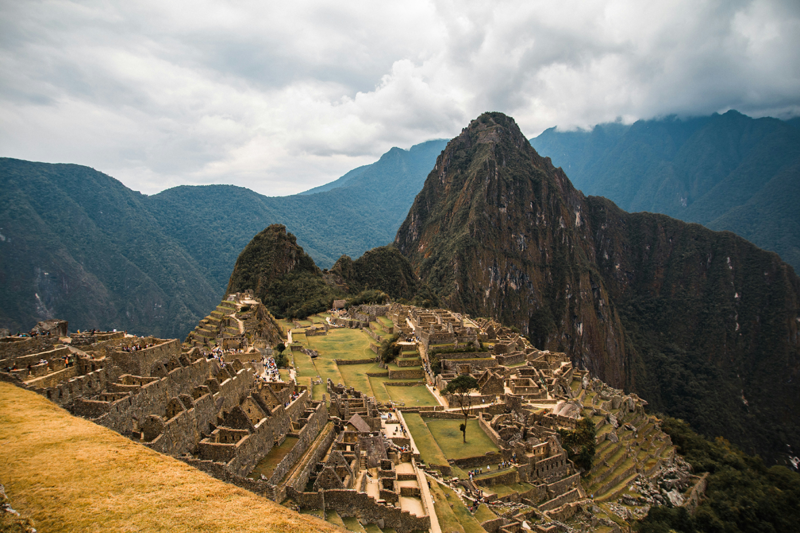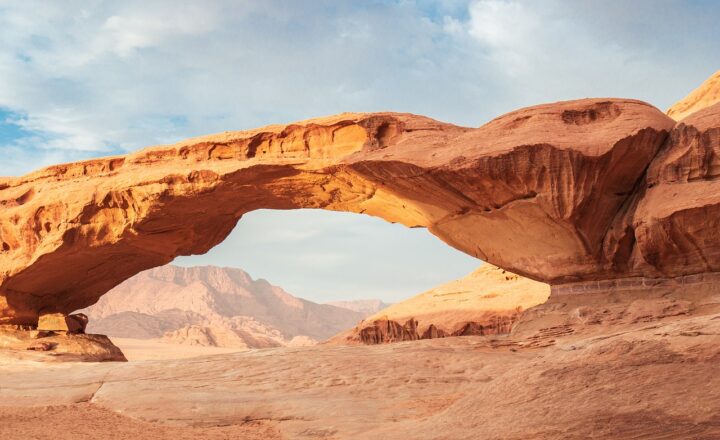
Perched high in the Andes Mountains of Peru, Machu Picchu is an archaeological marvel and one of the most iconic symbols of the Inca civilization. Often referred to as the “Lost City of the Incas,” this UNESCO World Heritage Site attracts millions of visitors who are captivated by its enigmatic history, stunning architecture, and breathtaking scenery. This article delves into the mysteries surrounding Machu Picchu, exploring its history, significance, and the experience of visiting this extraordinary destination.
The Enigma of Machu Picchu
Discovery and Rediscovery
- Ancient Origins: Believed to have been built in the 15th century during the reign of Inca Emperor Pachacuti.
- Hidden from Conquerors: Abandoned during the Spanish conquest, it remained unknown to the outside world.
- Hiram Bingham’s Expedition: In 1911, American historian Hiram Bingham brought Machu Picchu to international attention.
Purpose and Function
- Royal Estate or Sacred Site: The exact purpose remains debated among historians.
- Astronomical Alignments: Structures like the Intihuatana Stone suggest astronomical significance.
- Agricultural Experimentation: Terraces indicate advanced farming techniques.
Architectural Marvels
Inca Engineering
- Dry Stone Walls: Precisely cut stones fitted together without mortar.
- Seismic Resistance: Construction methods allowed buildings to withstand earthquakes.
Key Structures
- Temple of the Sun: Semi-circular temple dedicated to Inti, the Sun God.
- Room of the Three Windows: Features large windows aligning with celestial events.
- Intihuatana Stone: A ritual stone believed to be a solar clock or calendar.
Terraces and Agriculture
- Innovative Design: Terraces prevented erosion and created microclimates for diverse crops.
- Irrigation Systems: Complex channels supplied water throughout the site.
The Journey to Machu Picchu
Getting There
- Inca Trail: A four-day trek through diverse landscapes, arriving at the Sun Gate.
- Alternative Routes: Salkantay Trek, Lares Trek offer different experiences.
- Train to Aguas Calientes: From Cusco or Ollantaytambo, followed by a bus or hike to the site.
Altitude Considerations
- Acclimatization: Spend time in Cusco (11,152 ft) to adjust before ascending to Machu Picchu (7,972 ft).
- Health Precautions: Stay hydrated, avoid alcohol, and consider altitude medication.
Exploring the Site
Guided Tours
- Expert Insights: Local guides provide historical context and uncover hidden details.
- Group or Private: Options available to suit preferences.
Hiking Huayna Picchu and Machu Picchu Mountain
- Huayna Picchu:
- Steep Ascent: Challenging climb with narrow paths.
- Rewards: Panoramic views and access to the Temple of the Moon.
- Machu Picchu Mountain:
- Less Crowded: Offers a higher vantage point.
- Tickets Required: Limited availability; book in advance.
Wildlife and Flora
- Biodiversity: Home to spectacled bears, Andean condors, orchids, and hummingbirds.
- Conservation Efforts: Measures in place to protect the ecosystem.
Cultural Significance
Inca Civilization
- Advanced Society: Known for architecture, agriculture, and road networks.
- Spiritual Beliefs: Worship of natural elements and celestial bodies.
Preservation of Heritage
- UNESCO World Heritage Site: Recognized for cultural and natural importance.
- Sustainable Tourism: Regulations to limit visitor impact.
Practical Information for Visitors
Ticketing and Regulations
- Advance Purchase: Tickets often sell out; buy weeks or months ahead.
- Entry Times: Designated slots to manage crowds.
- Passport Requirement: Needed for entry and ticket verification.
What to Bring
- Essential Items:
- Comfortable walking shoes.
- Weather-appropriate clothing; layers for changing conditions.
- Sunscreen, insect repellent, and a reusable water bottle.
- Restrictions:
- No large backpacks.
- Prohibition of food and plastic bottles inside the site.
Weather Considerations
- Dry Season: May to October offers clearer skies but more tourists.
- Rainy Season: November to April sees fewer visitors but increased rainfall.
Tips for an Enriching Experience
Respectful Conduct
- Cultural Sensitivity: Honor local customs and spiritual significance.
- Environmental Care: Stay on designated paths, do not disturb wildlife.
Photography
- Iconic Shots: Early morning or late afternoon light enhances photos.
- Drone Restrictions: Use of drones is prohibited without special permits.
Engaging with Local Communities
- Support Local Economy: Purchase crafts and services from local artisans.
- Learn Quechua Words: Basic phrases show respect and interest.
Beyond Machu Picchu: Exploring the Sacred Valley
Other Inca Sites
- Ollantaytambo: Impressive fortress and town with original Inca urban planning.
- Pisac Ruins: Noted for terraces and a vibrant market in the town below.
Cultural Experiences
- Textile Workshops: Learn traditional weaving techniques.
- Cuisine: Try local dishes like cuy (guinea pig) and chicha (corn beer).
The Mysteries Continue
Unanswered Questions
- Incomplete Understanding: Ongoing research continues to uncover new insights.
- Preservation Challenges: Balancing tourism with conservation efforts.
The Spiritual Connection
- Energy Vortex: Some visitors report a profound spiritual experience.
- New Age Interest: Attracts those seeking enlightenment and connection with ancient wisdom.
Conclusion
Machu Picchu remains one of the world’s most intriguing destinations, offering a window into the ingenuity and spirituality of the Inca civilization. Whether you’re drawn by the archaeological mysteries, the awe-inspiring landscapes, or the cultural richness, a visit to Machu Picchu is a journey of discovery and wonder. Respecting and preserving this heritage ensures that future generations can continue to unravel the secrets of the Lost City of the Incas.







